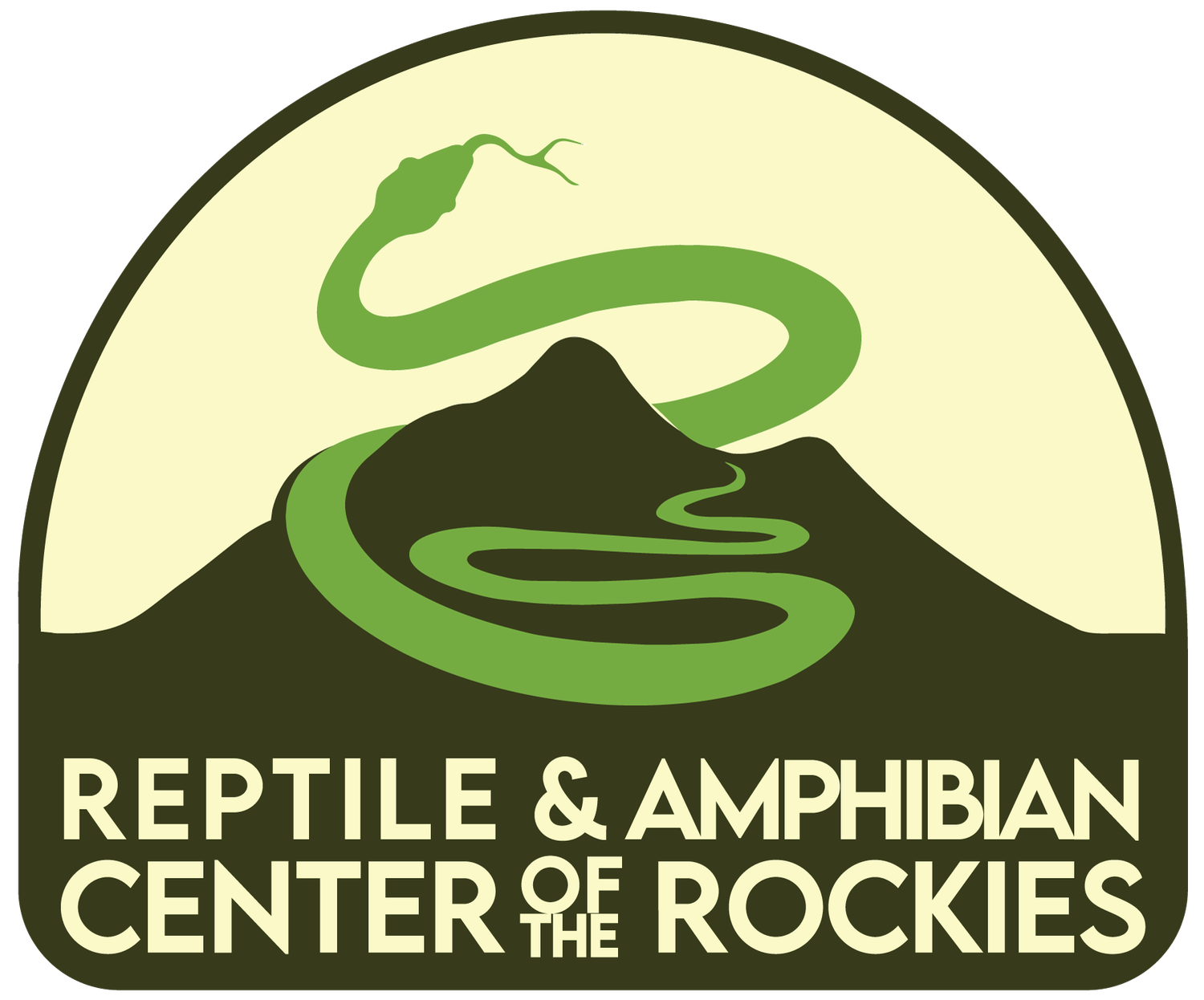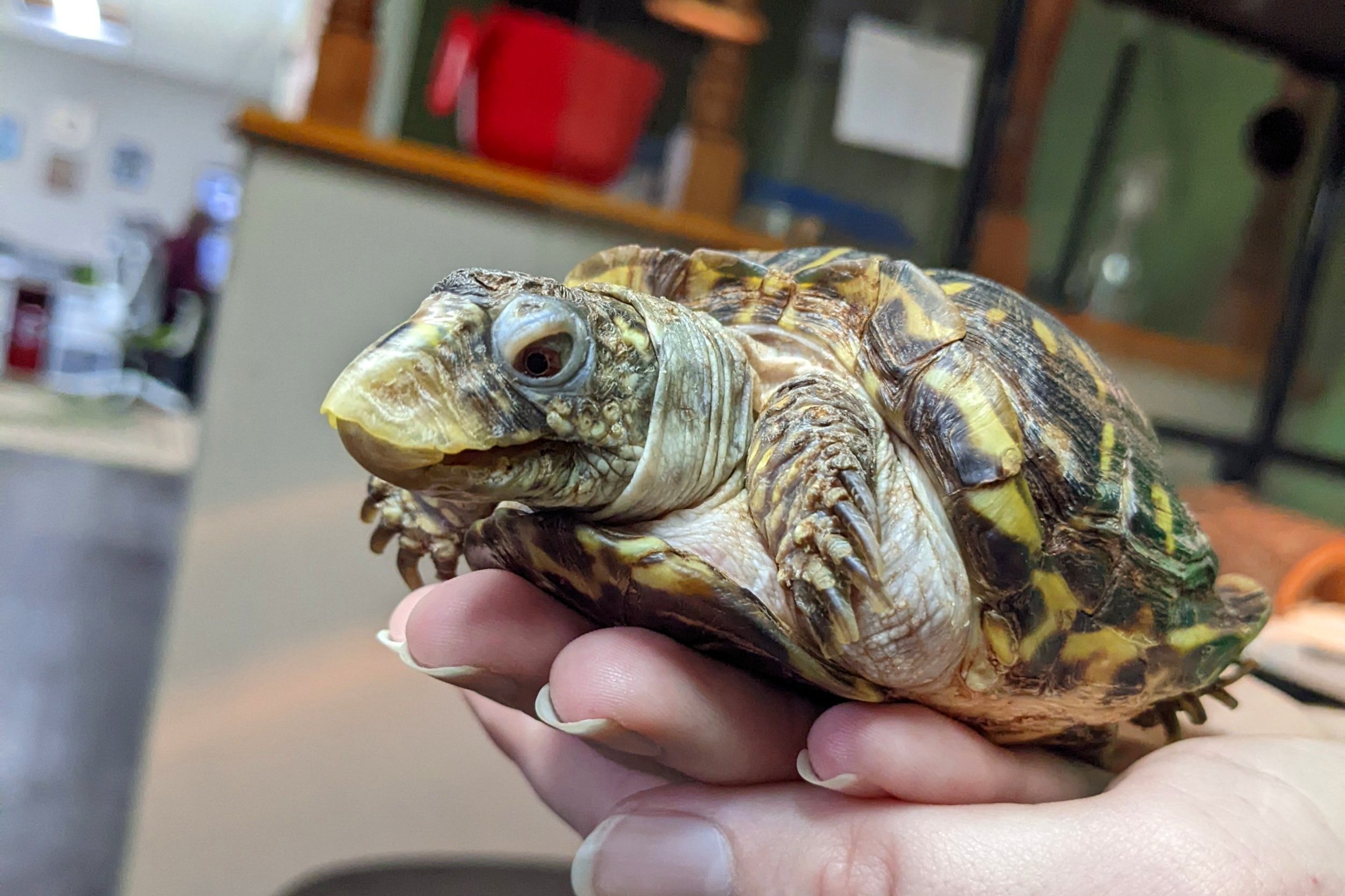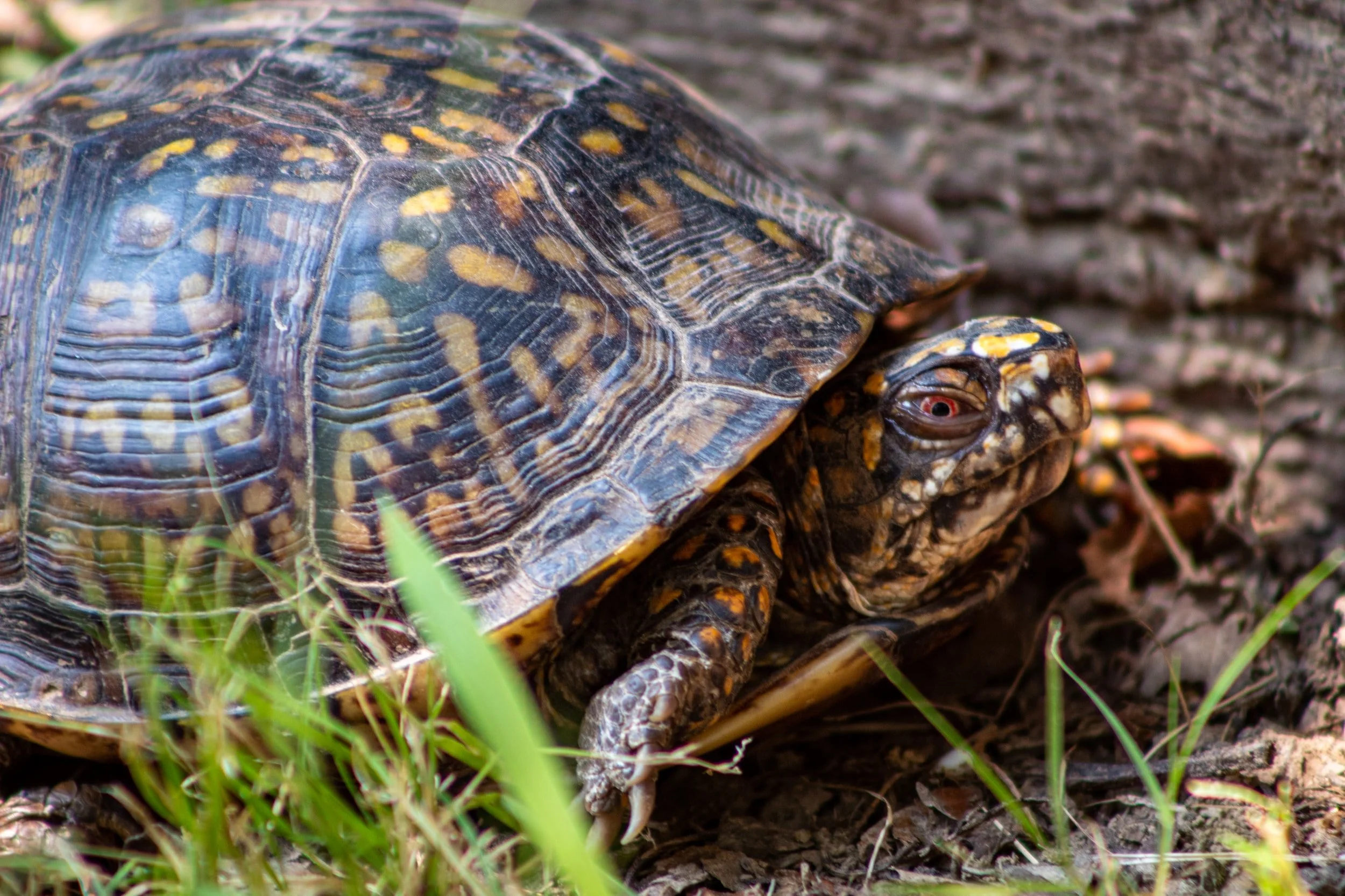DIY Wildlife Rescue?
Chances are, you’ve seen someone on social media find a wild animal in need, bring it home, and try to take care of it.
Sometimes the rescuer has contacted a wildlife rehabber, and the rehabber was at capacity. Other times, they didn’t even know that wildlife rehabbers are available to assist, or where to find them!
We see countless videos (especially on TikTok and YouTube) where folks have wild animals as pets (usually raccoons, opossums, squirrels, rabbits, and fledgling birds). Most of the time, the animals they take home are defenseless babies. The rescuers do their best to nurse them back to health, then are ultimately stuck with the animal for the remainder of its life due to it being unreleasable.
So why can’t the animal be released?
Releasing an animal after being rehabbed by a professional is easy.
More often than not, releasing an animal after an untrained member of the public has administered “DIY rehab” at home is next to impossible.
For one, the animal was taken from the wild before it could learn essential life skills - without which it doesn’t stand a chance in the wild. Depending on the species…
It doesn’t know how to find food on its own.
It doesn’t know the calls of other members of its species. Even if the rescuer plays sound clips from that species for their “rescue,” they don’t know what these sounds mean. They could be territorial calls, mating calls, warning signals, food signals, etc.
It doesn’t know what predators are, and has no means of defending itself as a result. Some defensive behaviors are taught by the animal’s parents.
It was never taught how to find or create shelter.
It is habituated to humans, and will approach humans if released.
It knows we are a source of food.
This is dangerous, since not everyone understands what is happening when approached by a wild animal. The human could respond in a way that puts themselves and the abandoned animal at risk.
It didn’t receive an appropriate diet or husbandry, and developed deformities as it grew. This can lead to long term health complications, and can be fatal.
“Okay, so I won’t release it. I’ll keep it as a pet.”
Not a good idea.
Depending on the species, keeping wildlife in CO is largely illegal, and regulated by CPW. You will be held accountable, and often the animal will be confiscated & destroyed.
There are no sanctuaries in the state that can legally take most native wildlife. Therefore, you’d be stuck with that animal for the rest of its life.
Bringing wildlife over state lines is illegal.
An escaped exotic animal could breed with a native species - this is harmful to the local populations and could lead to invasive species taking over.
An escaped animal could cause habitat destruction or compete for resources with others in the area.
Introduction of disease is a risk to native populations.
An escaped animal could be in unknown territory and may be attacked by an animal who owns that territory.
Of course, the risks to the animal and the community differ according to the species of the animal in question.
Take Bill the Box Turtle, for example.
Bill was brought to our partner organization, the Northern Colorado Wildlife Center, in a severe body condition indicative of improper care. Turtles and tortoises require a specific husbandry in order to develop properly - namely vitamins, UVB, specific nutrition, heat, and humidity. Bill did not receive the essential elements in captivity that he would have received in the wild. He developed shell deformities, an overgrown beak, bulging and swollen eyes, and more. You can see how his coloration is dull, as well - this is another sign of an unhealthy turtle. He would not be able to defend himself against predators, and therefore, he cannot be released back into the wild. Luckily for Bill, the Herpetological Society takes in special cases like this for rehabilitation and rehoming with families educated in specialized care for individuals like Bill. While this isn’t possible for birds and mammals native to CO, we are able to do so with reptiles on a case-by-case basis.
To compare, here are some pictures of healthy box turtles.
So what do you do when you find an animal in need?
You are never alone! There are resources that can help you in the moment.
AnimalHelpNow.org is a fantastic resource for finding licensed wildlife rehabbers based on your location.
They have an app that you can download and have at the ready for emergency situations.
Android users can download it here.
iPhone users can download it here.
Find a rehabber near you, and call them for advice. Most of the time, they will have instructions on their website if you find an animal outside of their business hours.
You can also:
Call Colorado Parks & Wildlife for help.
Don’t trust Google DIY instructions!
There are many DIY instructions online, and they can be fatal to the animal!
Risks include aspiration, improper application of or incorrect type of medication, giving food outside of the diet of the animal or giving the incorrect amount, resulting in health complications or deformities, hypothermia/pneumonia, improper handling can lead to further injury…you get the idea.
The things in our homes are not meant for wild animals, and the average person is not trained in safe wildlife handling.
Trust the process. You have to find a rehabber licensed for the species you’re concerned about, and that can take some time. Be calm and patient! Most rehabbers will want to help if they can.
When you see people sharing their DIY home rehab…
…keep in mind they may live in a state with different laws about wildlife. Advocacy on the behalf of the animal is one of the best things you can do! Share these resources and do your best to educate people as best you can.
You may save the life of more than one animal.
Let wildlife be wild! They deserve better than to be trapped at home with us - they deserve to be in their habitat with others of their kind, out in the world.










